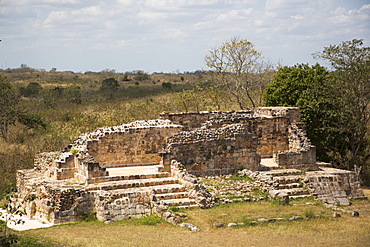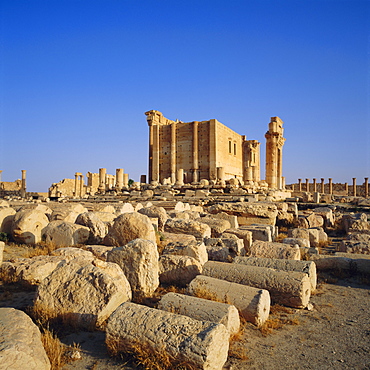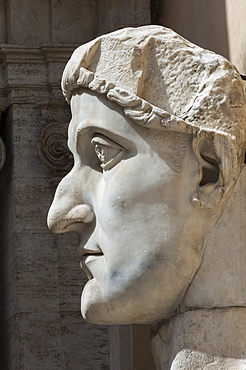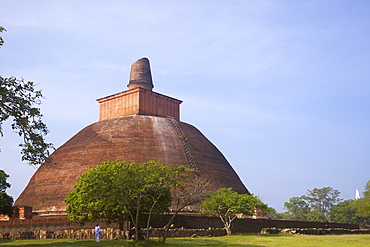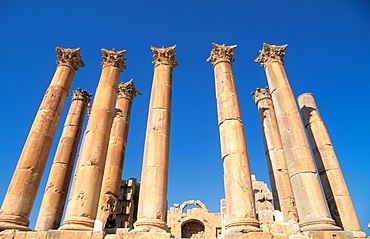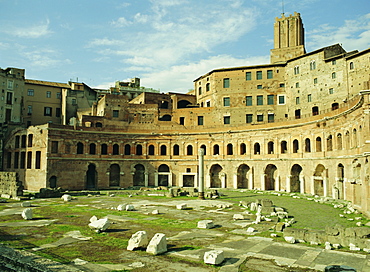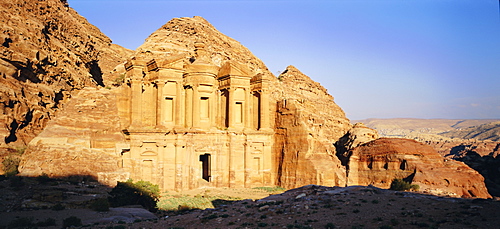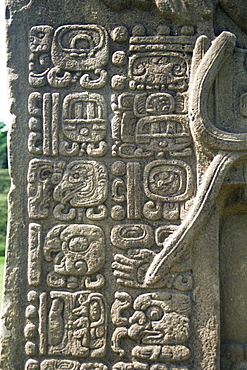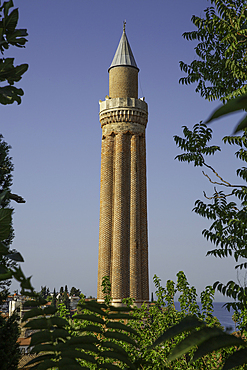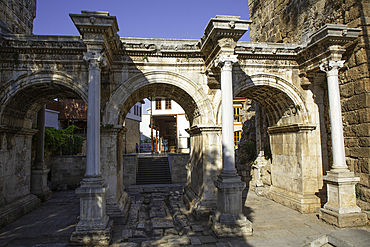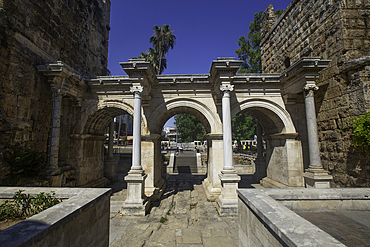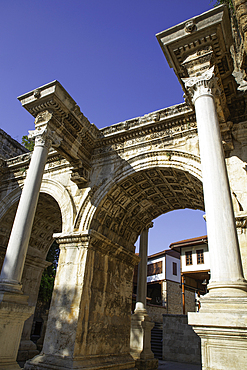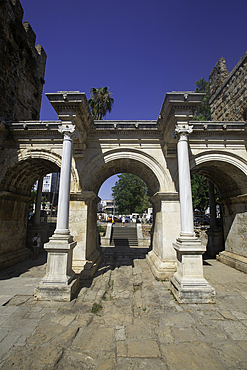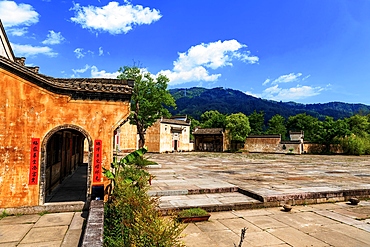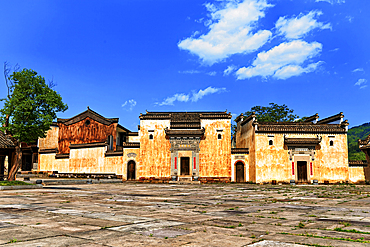Results
« Previous 1 2 3 4 … 6 Next »
541 results found
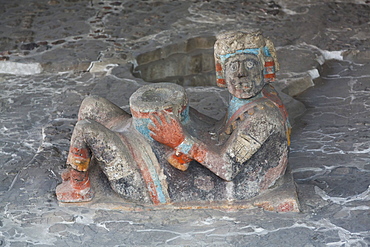
Chac-mool sculpture, dating from approximately 1350 AD, Templo Mayor, Mexico City, Mexico, North America

River House Ruin, Ancestral Puebloan Cliff Dwelling, 900-1300 AD, Shash Jaa National Monument, Utah, United States of America, North America
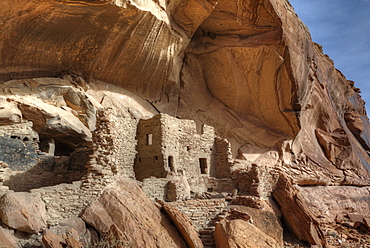
River House Ruin, Ancestral Puebloan Cliff Dwelling, 900-1300 AD, Shash Jaa National Monument, Utah, United States of America, North America
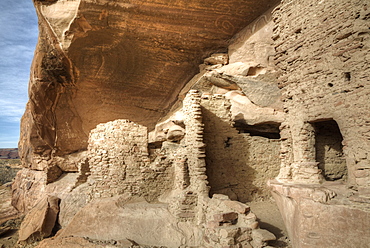
River House Ruin, Ancestral Puebloan Cliff Dwelling, 900-1300 AD, Shash Jaa National Monument, Utah, United States of America, North America
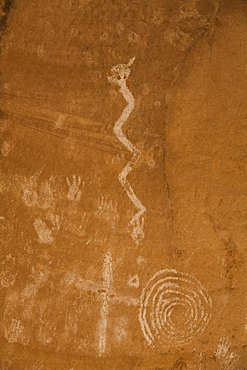
Pictographs, River House Ruin, Ancestral Puebloan Cliff Dwelling, 900-1300 AD, Shash Jaa National Monument, Utah, United States of America, North America
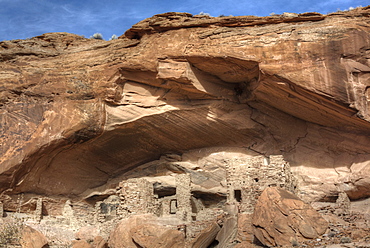
River House Ruin, Ancestral Puebloan Cliff Dwelling, 900-1300 AD, Shash Jaa National Monument, Utah, United States of America, North America
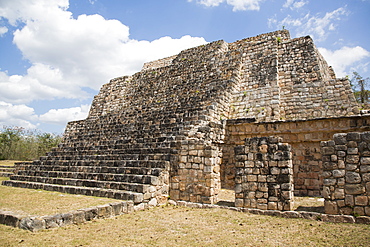
Mayan Ruins, Structure of the Canul Group, Oxkintok Archaeological Zone, 300 to 1050 AD, Yucatan, Mexico, North America
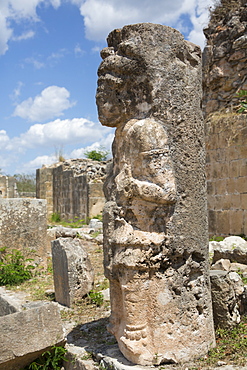
Mayan Ruins, The Palace, Statue, Oxkintok Archaeological Zone, 300 to 1050 AD, Yucatan, Mexico, North America
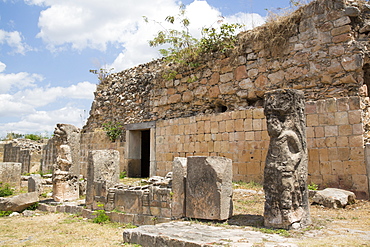
Mayan Ruins, The Palace with Statues, Oxkintok Archaeological Zone, 300 to 1050 AD, Yucatan, Mexico, North America
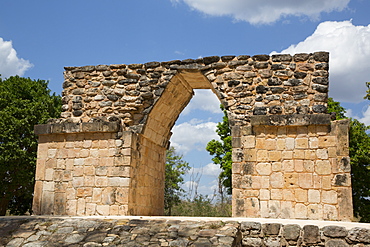
Mayan Ruins, Northern Arch, Oxkintok Archaeological Zone, 300 to 1050 AD, Yucatan, Mexico, North America
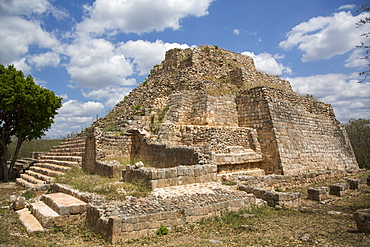
Mayan Ruins, Structure CA-4, Oxkintok Archaeological Zone, 300 to 1050 AD, Yucatan, Mexico, North America
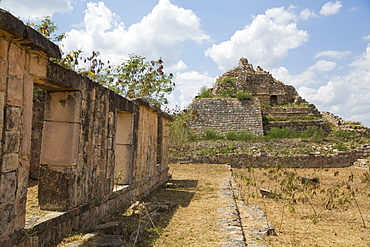
Mayan Ruins, Structure MA-9 in background, Oxkintok Archaeological Zone, 300 to 1050 AD, Yucatan, Mexico, North America
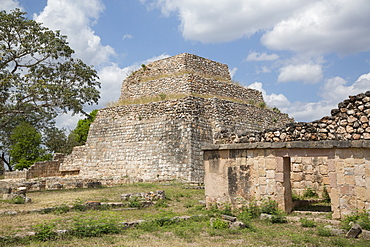
Mayan Ruins, Structure CA-4, Oxkintok Archaeological Zone, 300 to 1050 AD, Yucatan, Mexico, North America
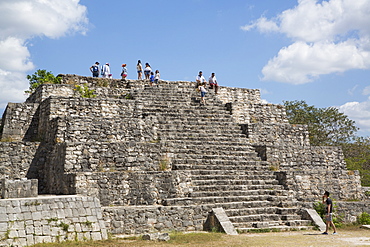
Structure 36, Mayan Ruins, Dzibilchaltun Archaeological Site, 700 to 800 AD, near Merida, Yucatan, Mexico, North America

Altar with original frescoes, Former Convent San Miguel Arcangel, founded 1541 AD, Route of the Convents, Mani, Yucatan, Mexico, North America
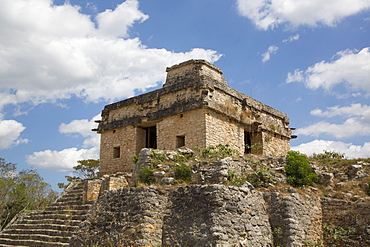
Structure of the Seven Dolls, Mayan Ruins, Dzibilchaltun Archaeological Site, 700 to 800 AD, near Merida, Yucatan, Mexico, North America
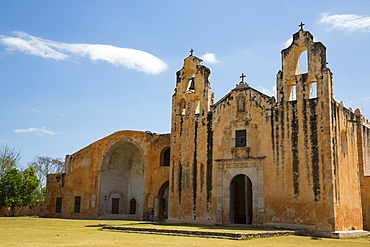
Former Convent San Miguel Arcangel, founded 1541 AD, Route of the Convents, Mani, Yucatan, Mexico, North America
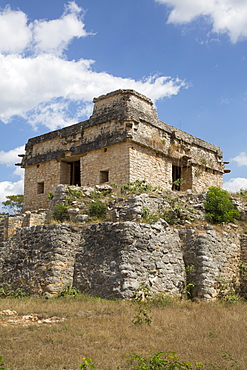
Structure of the Seven Dolls, Mayan Ruins, Dzibilchaltun Archaeological Site, 700 to 800 AD, near Merida, Yucatan, Mexico, North America
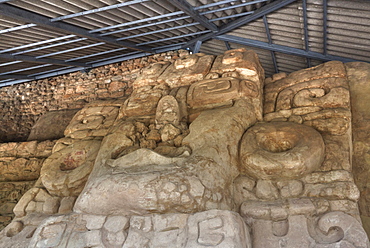
Palace of Stuccos, Mayan Archaeological Site, 300 AD to 900 AD, Acanceh, Yucatan, Mexico, North America
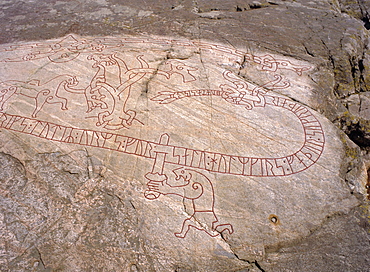
Rune stone (1040 AD) ref Sigurd 'Dragon Killer'. Sundbyholm, Near Eskilstuna, Sodermanlandslan, Sweden
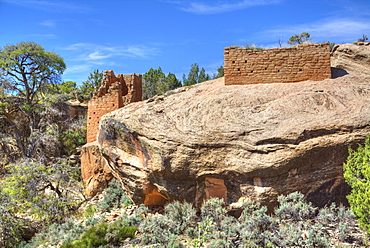
Ruins of Ancestral Puebloans, dating from between 900 AD and 1200 AD, Holly Group, Hovenweep National Monument, Utah, United States of America, North America
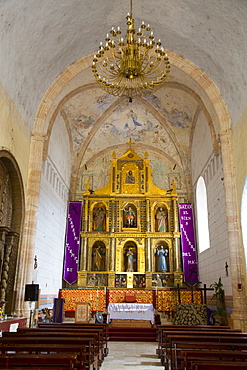
Altar with original frescoes, Former Convent San Miguel Arcangel, founded 1541 AD, Route of the Convents, Mani, Yucatan, Mexico, North America
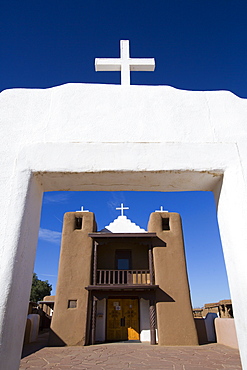
San Geronimo Chapel, Taos Pueblo, UNESCO World Heritage Site, Pueblo dates to 1000 AD, New Mexico, United States of America, North America
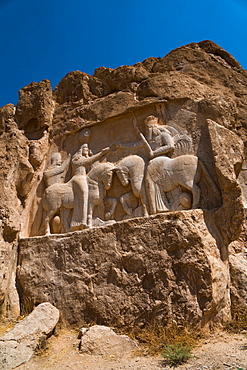
Carved relief of the Investiture of Ardashir I, 224-239 AD, Naqsh-e Rostam Necropolis, near Persepolis, Iran, Middle East
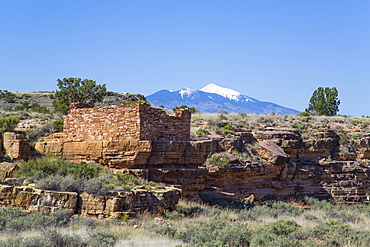
Lomaki Pueblo, inhabited from approximately 1100 AD to 1250 AD, Wupatki National Monument, Arizona, United States of America, North America
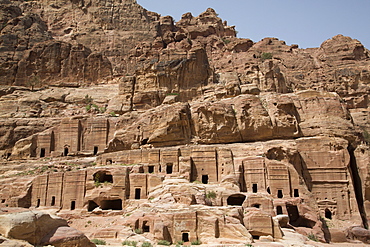
Tombs in the Wadi Musa Area, dating from between 50 BC and 50 AD, Petra, UNESCO World Heritage Site, Jordan, Middle East

Petroglyphs, Colorado River basin, 6000 BC to 1300 AD, Utah, United States of America, North America

Mosaic from the tomb of Ameriminia, 4th century AD, Hatay Archaeology Museum, Antioch, Hatay province, Southwest Turkey, Anatolia, Turkey, Asia Minor, Eurasia
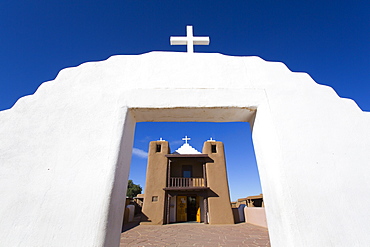
San Geronimo Chapel, Taos Pueblo, UNESCO World Heritage Site, Pueblo dates to 1000 AD, New Mexico, United States of America, North America
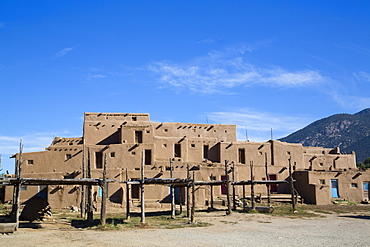
Taos Pueblo, UNESCO World Heritage Site, Pueblo dates to 1000 AD, New Mexico, United States of America, North America
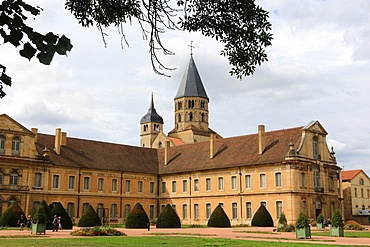
The bell tower of Holy Water and Tower Clock, Cluny Abbey, founded in 910 AD, Cluny, Burgundy, France, Europe

An Indian man visits the dungeons of Tughluqabad Fortress, constructed under Ghiyas-ud-Din in 1321 AD and abandoned in 1327 AD, Delhi, India, Asia
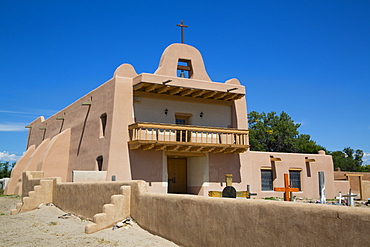
Pueblo Mission, San Ildefonso Pueblo, Pueblo dates to 1300 AD, New Mexico, United States of America, North America
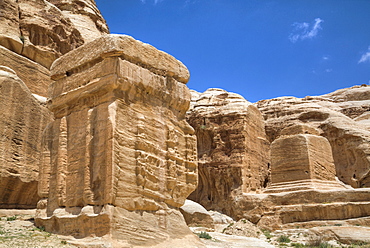
Djinn Blocks, dating from between 50 BC and 50 AD, Petra, UNESCO World Heritage Site, Jordan, Middle East
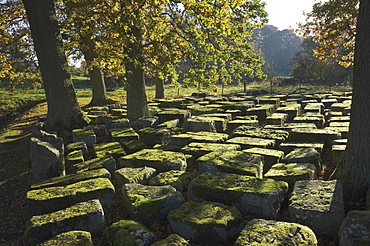
Large wrought stones recovered from the site of the Roman Bridge that spanned the River North Tyne dating from AD 13, Cilurnum (Chesters Roman Fort), Hadrian's Wall, UNESCO World Heritage Site, Chollerford, Northumbria National Park, England, United Kingdom, Europe
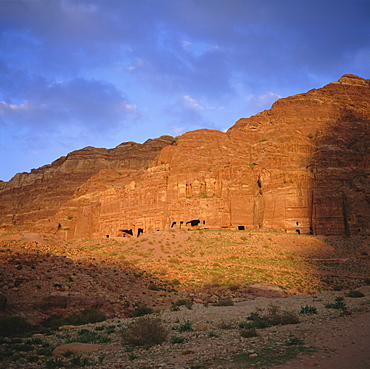
Nabatean Palace Tomb and Corinthian Tomb, 1st century AD, on the east cliff of Wadi Musa, Petra, Jordan
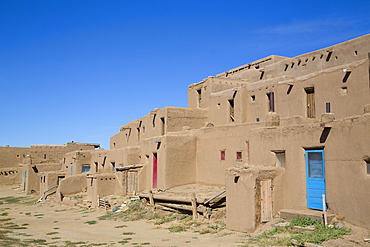
Taos Pueblo, UNESCO World Heritage Site, Pueblo dates to 1000 AD, New Mexico, United States of America, North America
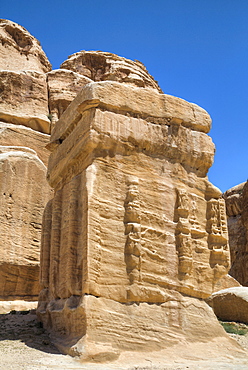
Djinn Blocks, dating from between 50 BC and 50 AD, Petra, UNESCO World Heritage Site, Jordan, Middle East
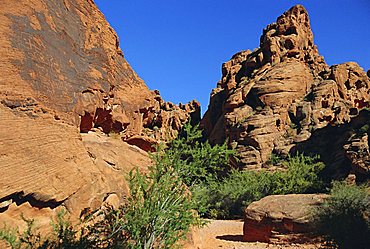
Petroglyphs drawn in sandstone by Anasazi Indians around 500 AD, Valley of Fire State Park, Nevada, USA, North America
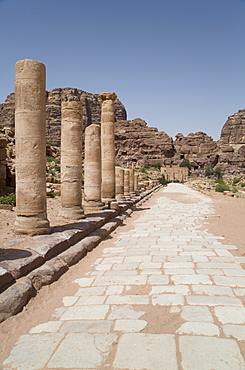
The Colonnaded Street, dating from about 106 AD, Petra, UNESCO World Heritage Site, Jordan, Middle East
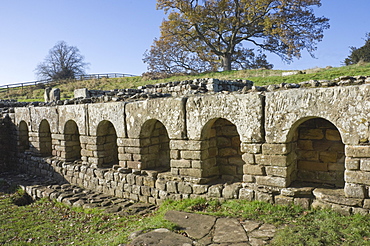
Storage alcoves in the changing room of the Roman Baths, dating from AD 138, Cilurnum (Chesters Roman Fort), Hadrian's Wall, UNESCO World Heritage Site, Chollerford, Northumbrian National Park, England, United Kingdom, Europe
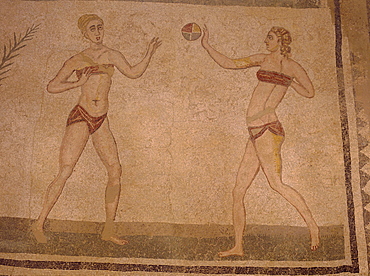
Mosaic 'Girls in bikinis' (doing gymnastics) 4th century AD, Villa Romana Del Casale, near Piazza Armerina, Sicily, Italy
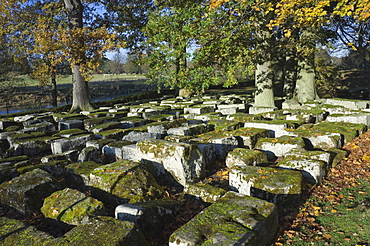
Large wrought stones recovered from the site of the Roman Bridge that spanned the River North Tyne dating from AD 138, Cilurnum (Chesters Roman Fort), Hadrian's Wall, UNESCO World Heritage Site, Chollerford, Northumbria National Park, England, United Kingdom, Europe
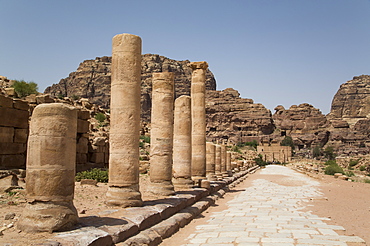
The Colonnaded Street, dating from about 106 AD, Petra, UNESCO World Heritage Site, Jordan, Middle East
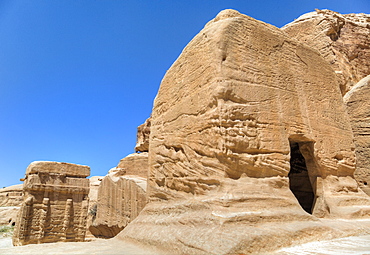
Djinn Blocks, dating from between 50 BC and 50 AD, Petra, UNESCO World Heritage Site, Jordan, Middle East
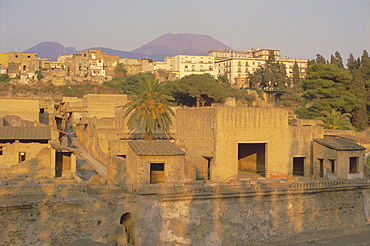
Mount Vesuvius behind the ruins of the Roman resort of Herculaneum, destroyed in the eruption of AD 79 which covered the town in lava and mud, Herculaneum, near Naples, Campania, Italy, Europe
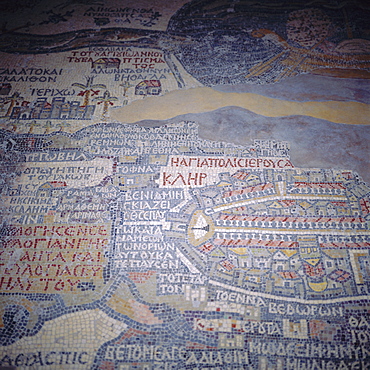
Madaba Mosaic Map, 6th century AD, detail showing Jerusalem, Madaba, Jordan, Middle East"The mosaic represents the biblical land from Egypt to Lebanon including Sinai, Israel, Palestine and Transjordan. The Madaba Mosaic Map is on the floor of the Greek Orthodox Church of St. George, built in 1896 over the remains of a Byzantine church"
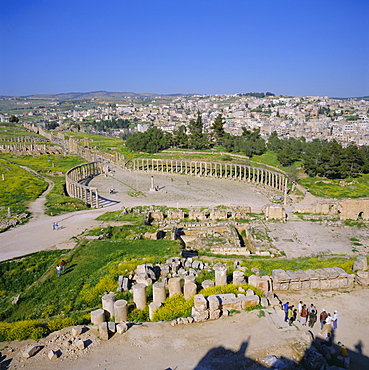
Oval Forum of the Roman Decapolis city, 1st century AD, delineated by an Ionic colonnade, Jerash, Jordan
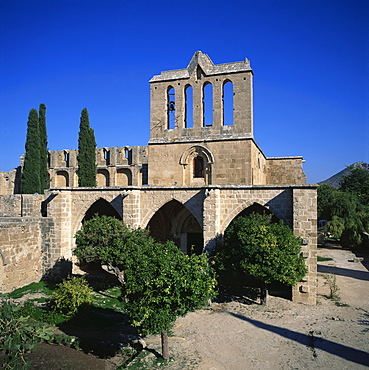
Abbey founded in early 13th century AD by Augustinians fleeing Palestine, who became Premonstratensian order, at Bellapais, North Cyprus, Europe
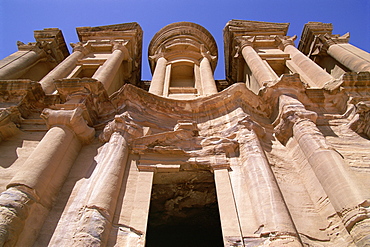
Ad Dayr (El Deir), the monastery, dating from Nabatean times, Petra, UNESCO World Heritage Site, Jordan, Middle East
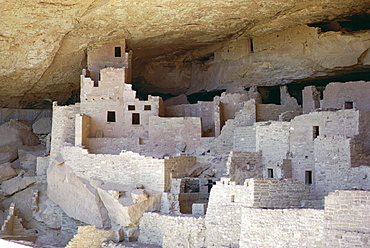
Cliff palace ruins dating from 1200-1300 AD shaded in limestone overhang, Mesa Verde, Mesa Verde National Park, UNESCO World Heritage Site, Colorado, United States of America (U.S.A.), North America
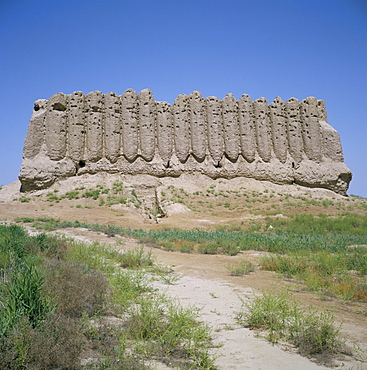
Kiz-Kala fortress, dating from the 6th century AD, Old Merv, UNESCO World Heritage Site, Turkmenia, Turkmenistan, Central Asia, Asia

Marble Sarcphagus of Domitas Lulianus and Domita Philiska, 2nd Century AD, Found in Perge, Antalya Archaeological Museum, Antalya, Turkey
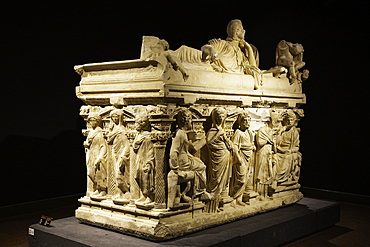
Marble Sarcphagus of Domitas Lulianus and Domita Philiska, 2nd Century AD, Found in Perge, Antalya Archaeological Museum, Antalya, Turkey
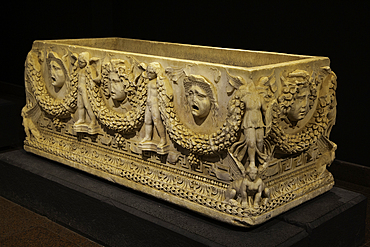
Garland Marble Sarcophagus, 2nd Century AD, Found in Perge, Antalya Archaeological Museum, Antalya, Turkey
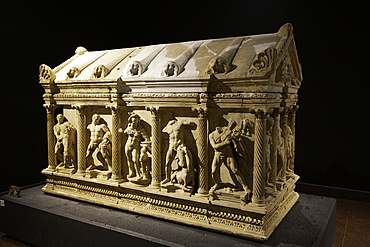
Heracles Marble Sarcophogus, 2nd Century AD, Found in Perge, Antalya Archaeological Museum, Antalya, Turkey
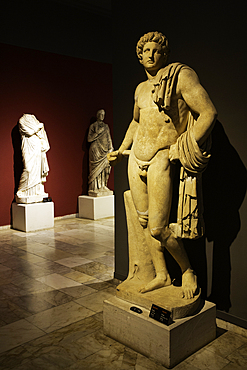
Marble Statue of Apollo, 2nd Century AD, Found in Perge, Antalya Archaeological Museum, Antalya, Turkey
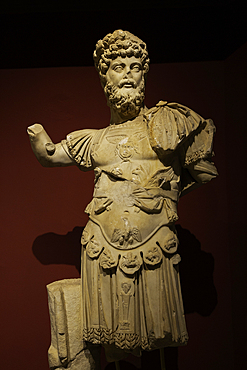
Marble Statue of Emporer Septimus Severus, 2nd Century AD, found in Perge, Antalya Archaeological Museum, Antalya, Turkey
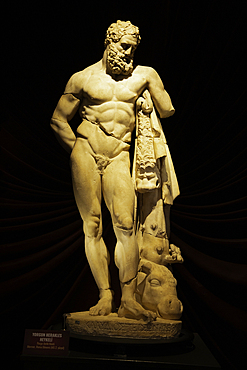
Marbel Statue of Emporer Hadrian, 2nd Century AD, Found in Perge, Antalya Archaeological Museum, Antalya, Turkey
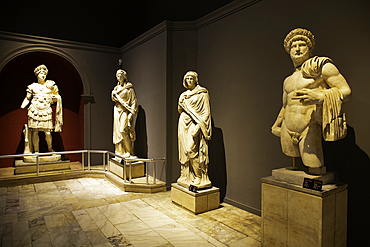
Marble Statue of Emporer Hadrian (far left and far right), 2nd Century AD, Found in Perge, Antalya Archaeological Museum, Antalya, Turkey
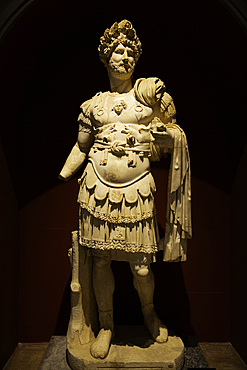
Marble Statue of Emporer Hadrian, 2nd Century AD, Found in Perge, Antalya Archaeological Museum, Antalya, Turkey
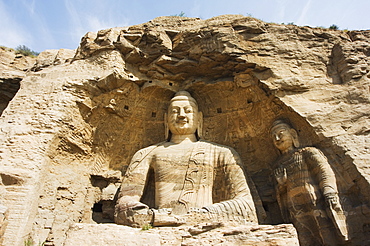
Buddhist statues of Yungang Caves cut during the Northern Wei Dynasty in 460 AD, UNESCO World Heritage Site near Datong, Shanxi province, China, Asia
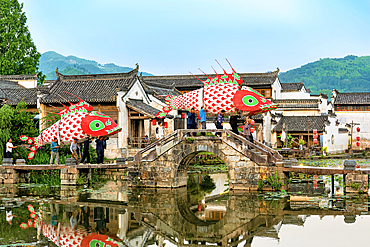
Village parade of giant fish lanterns, Chengkan Ancient Village, Huangshan City, Anhui, China. The village was established 1800 years ago by the Luo family clan. It has buildings dating as early as the Song Dynasty (960 to 1279 AD).
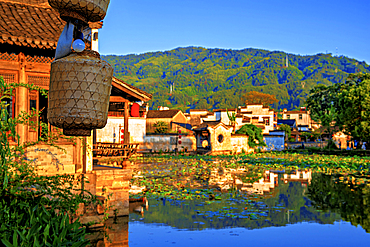
Chengkan Ancient Village, Huangshan City, Anhui, China. The village was established 1800 years ago by the Luo family clan. It has buildings dating as early as the Song Dynasty (960 to 1279 AD).
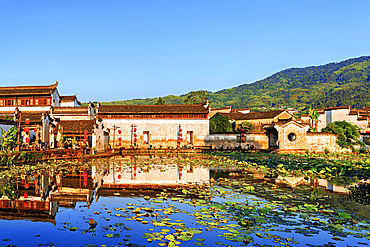
Chengkan Ancient Village, Huangshan City, Anhui, China. The village was established 1800 years ago by the Luo family clan. It has buildings dating as early as the Song Dynasty (960 to 1279 AD).
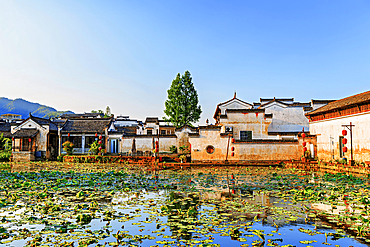
Chengkan Ancient Village, Huangshan City, Anhui, China. The village was established 1800 years ago by the Luo family clan. It has buildings dating as early as the Song Dynasty (960 to 1279 AD).
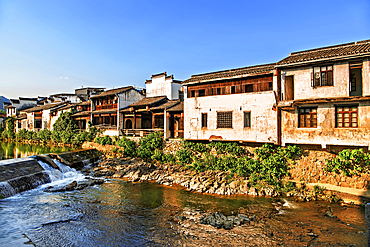
Chengkan Ancient Village, Huangshan City, Anhui, China. The village was established 1800 years ago by the Luo family clan. It has buildings dating as early as the Song Dynasty (960 to 1279 AD).
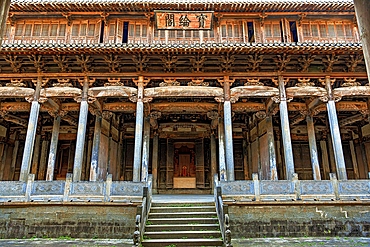
Luodongshu Ancestral Hall (built 1498), Chengkan Ancient Village. Huangshan City, Anhui, China. The village was established 1800 years ago by the Luo family clan. It has buildings dating as early as the Song Dynasty (960 to 1279 AD).
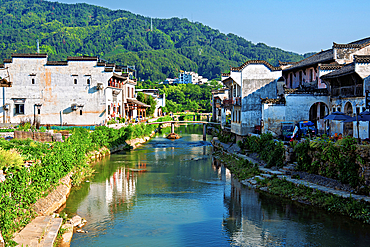
River running through Chengkan Ancient Village, Huangshan City, Anhui, China. The village was established 1800 years ago by the Luo family clan. It has buildings dating as early as the Song Dynasty (960 to 1279 AD).
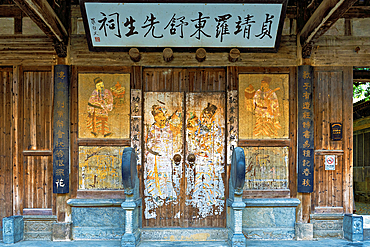
Luodongshu Ancestral Hall (built 1498), Chengkan Ancient Village. Huangshan City, Anhui, China. The village was established 1800 years ago by the Luo family clan. It has buildings dating as early as the Song Dynasty (960 to 1279 AD).
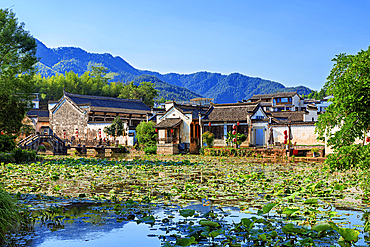
Chengkan Ancient Village, Huangshan City, Anhui, China. The village was established 1800 years ago by the Luo family clan. It has buildings dating as early as the Song Dynasty (960 to 1279 AD).
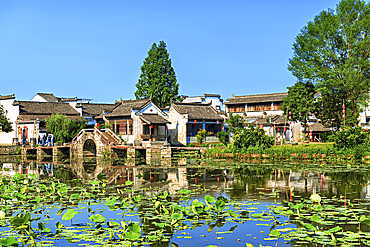
Chengkan Ancient Village, Huangshan City, Anhui, China. The village was established 1800 years ago by the Luo family clan. It has buildings dating as early as the Song Dynasty (960 to 1279 AD).
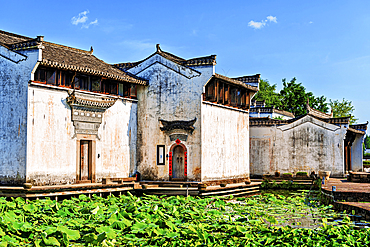
Chengkan Ancient Village, Huangshan City, Anhui, China. The village was established 1800 years ago by the Luo family clan. It has buildings dating as early as the Song Dynasty (960 to 1279 AD).
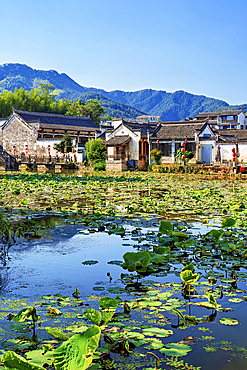
Chengkan Ancient Village, Huangshan City, Anhui, China. The village was established 1800 years ago by the Luo family clan. It has buildings dating as early as the Song Dynasty (960 to 1279 AD).
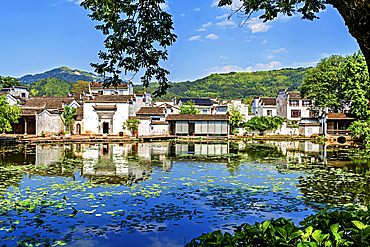
Chengkan Ancient Village, Huangshan City, Anhui, China. The village was established 1800 years ago by the Luo family clan. It has buildings dating as early as the Song Dynasty (960 to 1279 AD).
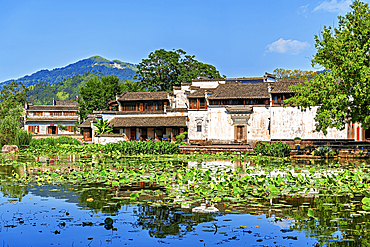
Chengkan Ancient Village, Huangshan City, Anhui, China. The village was established 1800 years ago by the Luo family clan. It has buildings dating as early as the Song Dynasty (960 to 1279 AD).
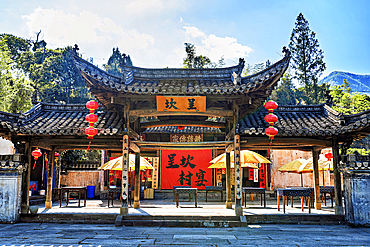
Chengkan Ancient Village, Huangshan City, Anhui, China. The village was established 1800 years ago by the Luo family clan. It has buildings dating as early as the Song Dynasty (960 to 1279 AD).
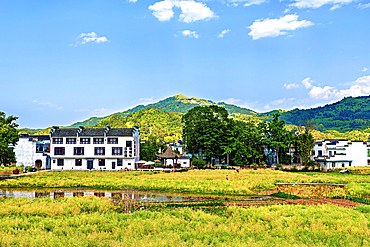
View of new buildings and farms beside Chengkan Ancient Village, Huangshan City, Anhui, China. Chengkan Ancient Village was established 1800 years ago by the Luo family clan. It has buildings dating as early as the Song Dynasty (960 to 1279 AD).
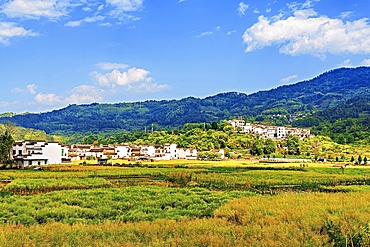
View of new buildings and farms beside Chengkan Ancient Village, Huangshan City, Anhui, China. Chengkan Ancient Village was established 1800 years ago by the Luo family clan. It has buildings dating as early as the Song Dynasty (960 to 1279 AD).
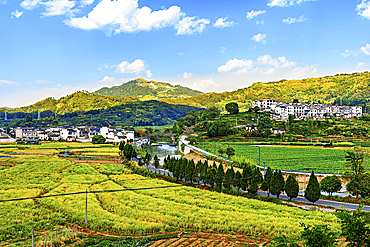
View of new buildings and farms beside Chengkan Ancient Village, Huangshan City, Anhui, China. Chengkan Ancient Village was established 1800 years ago by the Luo family clan. It has buildings dating as early as the Song Dynasty (960 to 1279 AD).
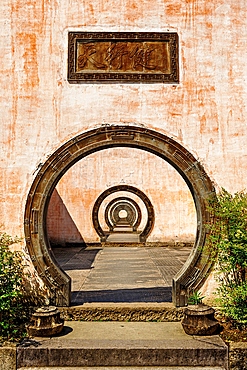
A series of outdoor circular doorways, Chengkan Ancient Village. The village was established 1800 years ago by the Luo family clan. It has buildings dating as early as the Song Dynasty (960 to 1279 AD). Huangshan City, Anhui, China.
